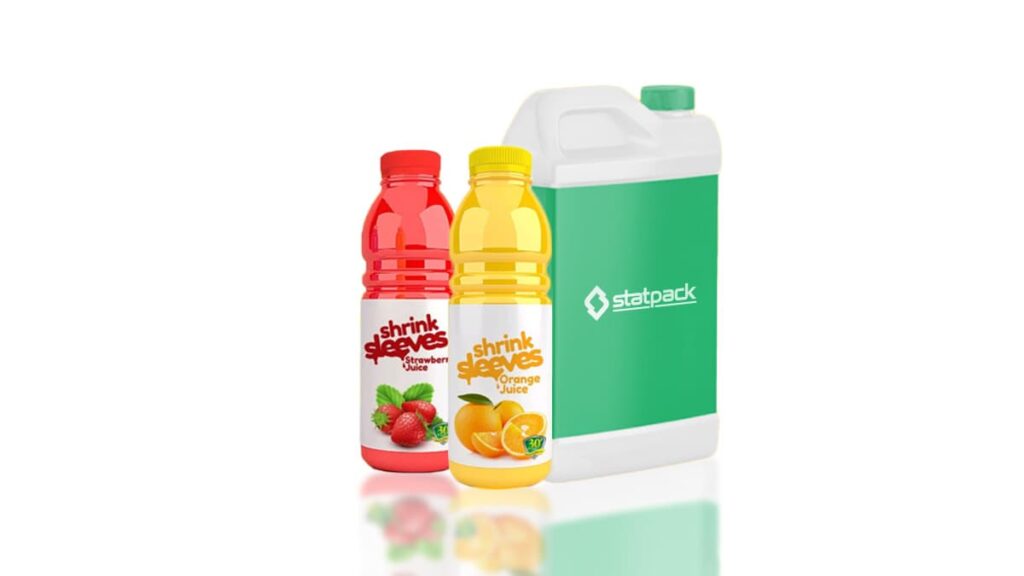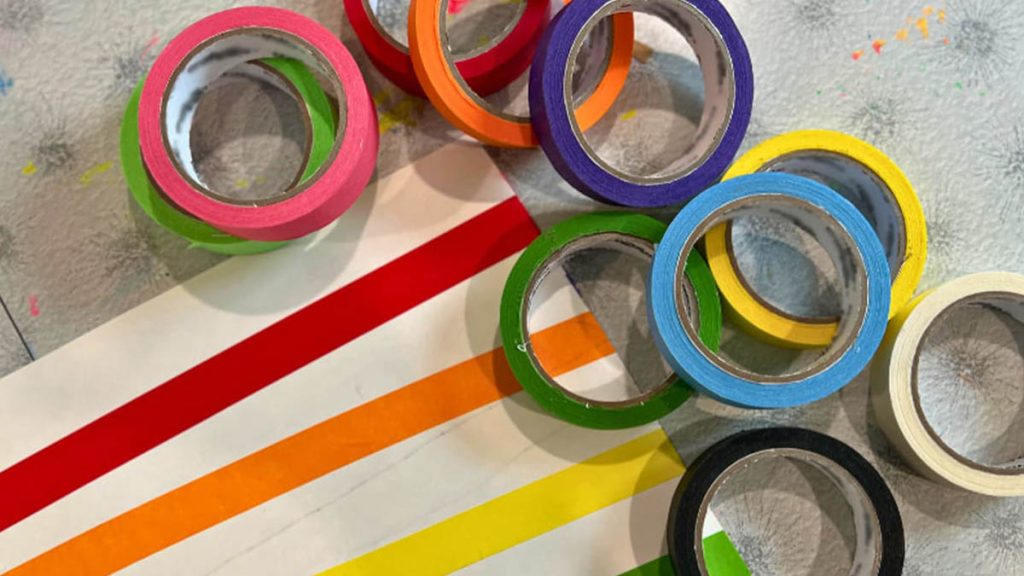Have you ever peeled off masking tape only to find residue left behind? Fear not; we’ve all been there! Choosing the perfect masking tape isn’t about magic; it’s about understanding your project’s specific needs.
Masking tape helps us achieve clean lines, protect surfaces, and bring our visions to life. But with a variety of masking tapes available, confusion is understandable. Don’t worry; this guide will equip you to make informed choices and ensure your project’s success.
Understanding Masking Tape Basics
What is Masking Tape?
Masking tape is a pressure-sensitive adhesive that creates a barrier between the applied surface and the surface you want to protect. Its main advantage lies in its ability to stick well to surfaces yet remove cleanly without leaving residue.
Common Types of Masking Tape
- Paper Masking Tape: Ideal for basic applications such as bundling, labeling, and light-duty painting on smooth surfaces.
- Painter’s Tape: Designed for painting projects, it prevents paint bleed and ensures sharp lines. It’s easy to remove without damaging surfaces.
- High-Temperature Masking Tape: Suited for industrial applications, it withstands high heat and is perfect for powder coating and automotive painting.
Factors to Consider When Choosing Masking Tape
Surface Type
Smooth surfaces like glass or metal can handle most tapes. However, for textured surfaces like brick or stucco, consider a stronger adhesive tape to prevent paint bleeding.
Adhesion Level
Low-tack tapes are suitable for delicate surfaces like freshly painted walls, offering temporary adhesion and easy removal without damage. High-tack tapes provide stronger adhesion for more demanding projects, ensuring the tape stays put until the job is done.
Tape Width and Length
Narrow tapes are perfect for detailed work and intricate patterns, while wider tapes cover larger areas quickly. Consider the length of the tape roll—longer rolls are more economical for extensive projects, reducing the need for frequent replacements.
Temperature Resistance
Temperature resistance is vital for projects involving heat, such as industrial painting or automotive applications. High-temperature masking tapes maintain their adhesive properties even in extreme conditions, ensuring they perform well throughout the project.
UV Resistance
Outdoor projects exposed to sunlight benefit from UV-resistant masking tapes to prevent sun damage and residue, ensuring the tape peels off cleanly without leaving a sticky mess.
Practical Tips for Using Masking Tape
1. Ensure the surface is clean and dry before applying the tape for better adhesion.
2. Before starting the project, test the tape on a small area to check for compatibility and easy removal.
3. Press the tape down firmly along the edges to prevent paint bleed.
4. After completing the project, remove the tape slowly at a 45-degree angle to avoid tearing or leaving residue.
Common Mistakes to Avoid
1. Using the Wrong Tape: Different projects require different tapes. Using the wrong type results in poor adhesion or residue.
2. Ignoring Adhesion Levels: High-tack tapes can damage delicate surfaces, while low-tack tapes may not stick properly to rough surfaces.
3. Overlapping Tape: Overlapping tape can cause uneven lines. Apply the tape in one smooth strip.
Summary
Choosing the right masking tape involves considering surface type, adhesion level, tape width, temperature, and UV resistance. By matching the tape to your specific project needs, you can ensure professional results and a stress-free experience. Take the time to understand your project requirements and select a masking tape that best meets those needs for optimal performance and satisfaction.




